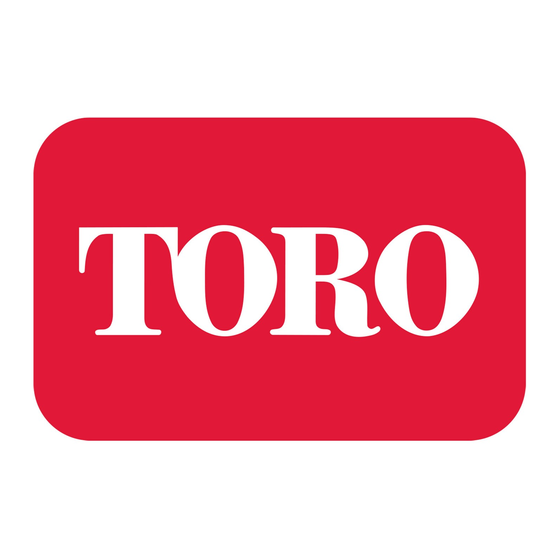
Advertisement
Advertisement

Summarization of Contents
Historical Background
Early Reel Mower Development
Traces the concept of the reel mower back to the 1800s and its evolution driven by turf grooming needs.
Advancements in the 1920s-1930s
Highlights design improvements in engines and drive systems spurred by golf course development, and hydraulic integration.
Theory of Operation
Reel Cutting Unit Components
Explains the reel, bedknife, and frame as the three main structural members for cutting grass.
Understanding Clip and Shear Point
Defines reel mower clip and shear point, essential concepts for understanding cutting theory.
Factors Affecting Clip and Cut Quality
Lists key factors influencing clip, including reel diameter, blade count, speeds, and the grass cutting process.
Cutting Path and Blade Angles
Describes the cutting path created by the helix angle and forward motion, and other factors like grass density.
Essential Requirements for Good Performance
Outlines sharp edges, parallel bedknife, and light contact as essential for effective reel mower operation.
Operator's Role in Performance
Operator Training and Familiarization
Emphasizes thorough training and familiarization for unqualified operators of specialized mowing equipment.
Supervisor's Influence on Operational Attitude
Details the supervisor's responsibility in fostering a proper attitude and behavior towards turf equipment operation.
Operator and Technician Contributions to Quality
Highlights the significant role of operators and technicians in cut quality, downtime, and equipment lifespan.
Preventive Maintenance Program
Daily Maintenance Checklist and Importance
Provides a comprehensive daily checklist and explains the benefits of regular maintenance for equipment longevity.
Maintenance Intervals and Part Selection
Advises adjusting maintenance intervals for conditions and stresses using genuine Toro parts for optimal performance.
Daily Visual Inspection for Early Detection
Recommends thorough daily visual checks for leaks, loose parts, and abnormal noises to identify potential issues.
Set-up and Adjustments for Cut Quality
Key Factors Affecting Cut Quality
Lists numerous factors influencing cut quality, from tire pressure to reel-bedknife contact and turf conditions.
Distinguishing Height of Cut Settings
Clarifies the distinction between bench set height and the actual effective height of cut achieved on the turf.
Routine Checks for Height of Cut Maintenance
Identifies key components requiring regular checking for maintaining height of cut and overall performance.
Reel-Bedknife Adjustment Procedures
Details procedures for checking reel bearings and adjusting reel-to-bedknife contact for optimal cutting.
Bedknife Attitude and Roller Parallelism
Explains adjusting bedknife attitude via rollers and ensuring roller parallelism for consistent cut quality.
Height of Cut Adjustment and Pattern Analysis
Outlines setting height of cut accurately and analyzes common turf patterns like stragglers and their causes.
Reel and Bedknife Sharpening
Signs Indicating Sharpening Necessity
Lists signs indicating when reel and bedknife sharpening is necessary, such as poor cut quality or noise.
Benefits of Maintaining Sharp Cutting Edges
Explains the advantages of sharp cutting units, including promoting healthy grass and optimizing performance.
Overview of Sharpening Methods
Introduces various sharpening methods like backlapping and grinding, dependent on the cutting unit's condition.
Sharpening Preparation and Safety Measures
Details necessary preparation steps before grinding, including cleaning, component checks, and safety precautions.
Reel Grinding Techniques: Relief and Spin
Explains reel blade relief and details methods like Spin Grinding and Single Blade Grinding (Relief Grinding).
Bedknife Installation and Grinding Protocols
Covers procedures for replacing and grinding bedknives, including proper tightening and surface truing.













Need help?
Do you have a question about the RM 3100 and is the answer not in the manual?
Questions and answers